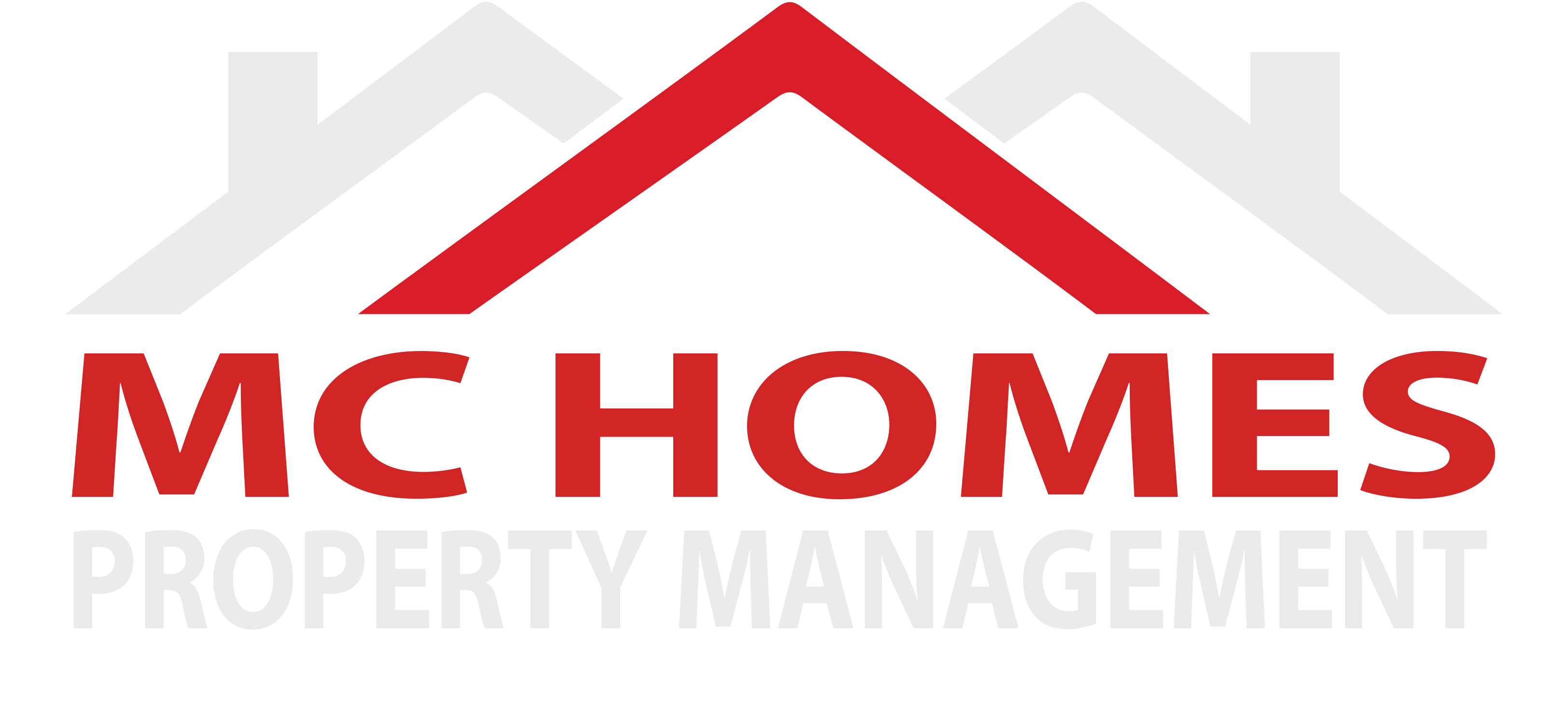Chapter 3: Making Motions
In the intricate dance of parliamentary procedure, motions serve as the engine driving the decision-making process. They are the tools through which members of an assembly propose actions, decisions, or changes to the group. Chapter 3 delves into the art and science of making motions, exploring the nuances of their formulation, presentation, debate, and eventual disposition. Let’s embark on a comprehensive exploration of this crucial aspect of parliamentary practice.
Understanding Motions:
At the heart of parliamentary procedure lie motions—formal proposals put forward by members to initiate action or discussion within the assembly. Whether it’s approving a budget, amending a bylaw, or scheduling an event, motions provide the framework for deliberation and decision-making.
Motions come in various forms, each serving a specific purpose within the parliamentary process. The primary categories include main motions, subsidiary motions, privileged motions, and incidental motions. Main motions address substantive issues or topics, while subsidiary motions deal with procedural matters related to the consideration or handling of main motions. Privileged motions pertain to urgent or important matters that require immediate attention, while incidental motions arise spontaneously during the course of proceedings to address unforeseen circumstances or procedural questions.
Initiating a Motion:
The journey of a motion begins with a member seeking recognition from the presiding officer. Recognition grants the member the floor, providing them with the opportunity to present their motion to the assembly. The motion should be clearly articulated, stating the proposed action or decision in precise terms to ensure understanding by all members.
Depending on the rules governing the assembly, some motions may require a second—a formal indication of support from another member—before they can be considered. However, in many cases, seconding motions is optional or not required. The seconder’s role is to express agreement with the motion and signal support for its consideration, though it does not necessarily imply endorsement of its content.
Debating the Motion:
Once a motion is introduced and, if necessary, seconded, it becomes open for debate and discussion by the members. Debate serves as a platform for members to express their viewpoints, share perspectives, ask questions, and offer arguments for or against the motion. The presiding officer moderates the debate, ensuring that it remains orderly, relevant, and respectful. Time limits may be imposed on speeches, and the presiding officer maintains decorum throughout the discussion.
Voting on the Motion:
After sufficient debate, the presiding officer calls for the closure of debate to proceed to the voting phase. Members express their decision on the motion through various voting methods, such as voice vote, show of hands, or ballot vote. The outcome is determined by a majority vote, with the motion being adopted or rejected accordingly.
Recording the Motion:
The disposition of each motion—whether adopted, rejected, or postponed—is recorded in the minutes of the meeting. Minutes provide a comprehensive record of the proceedings, capturing the actions taken by the assembly, decisions made, and any relevant discussion or debate. They serve as a valuable reference for future meetings and ensure accountability and transparency in the decision-making process.
In essence, making motions is a fundamental aspect of parliamentary practice, embodying the democratic principles of participation, debate, and decision-making. By understanding the intricacies of motion-making and adhering to established procedures, members can effectively navigate the parliamentary landscape, contributing to productive and orderly meetings that serve the interests of the assembly and its constituents.


Comments are closed